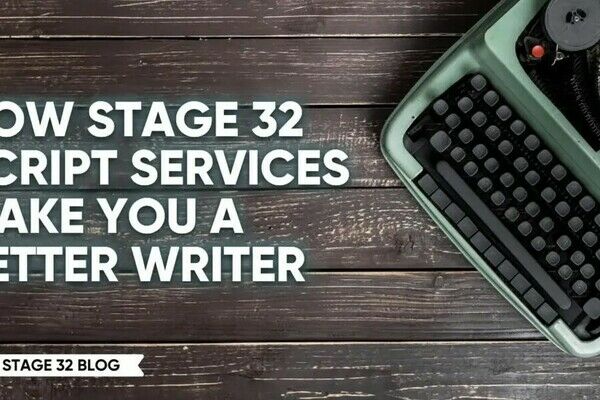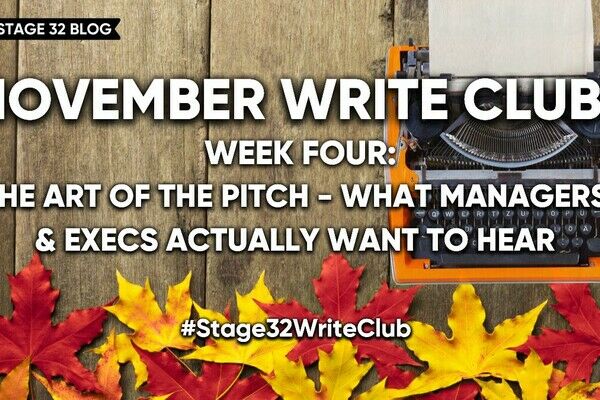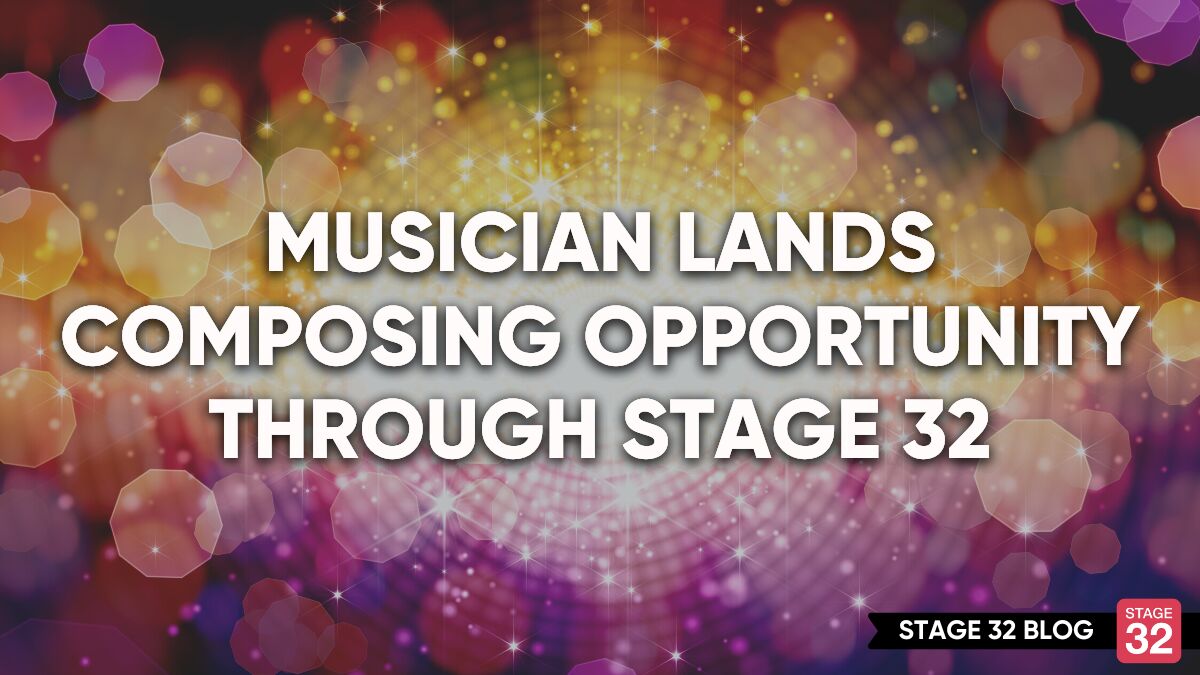Delivering The Cut - A Post Production Insight
Back in 2010, I shot my first feature film in HDV on miniDV tape. Once finished I formatted the hard drive to make the next project. Unthinkable really, but I did this as I knew HDV wasn’t a great technical standard and I couldn’t afford a new drive.
More recently, I watched sixty or so hours of those tapes imported back into Final Cut Pro 7 for a potential remaster. It flashed me back to how naive I was when it came to the data created by film production. Whatever your role in production is, don’t shy away from understanding that efficient turnaround comes from having a broad knowledge of all the basics, and data management is one of them.
Your production isn’t tangible rolls of film anymore. It’s gigabytes of information. Data recovery software is now mind-blowing. Losses can be managed in the most dire of circumstances. Avoidance of errors comes with preparation. Data wrangling is a vital role but in your indie film it’s unlikely to be a dedicated position; someone will be doing this in addition to something else.
Unless money is involved and constant data backup is a workflow reality, you probably don’t have a five or six-figure storage budget. That’s not the real world for most of us; a few hundred dollars on yet another hard drive is an essential most indie films can’t afford.
Since 2010, my ingestion protocol has been the same; get what’s been created in camera transcoded to Apple Pro-Res 422(HQ) and remain in this workflow for the project. Yes, you can get away with less data-hungry codecs but staying in the highest quality from the get-go keeps you on top, but remember shoot 6k over 4k and you’ve got an enormous amount of extra data to store and this costs money.

Composite blend. Luke Dalton as ‘DJ Max Trax’ and Anna Fraser as ‘The Imposter Sarah Cher’ in the final scene from ‘Killahurtz’.
Meticulous Organization
My 19th indie feature ‘Killahurtz’ was shot in 14 ‘filming’ days between late November ’21 and April ’22. Winter shoots in the UK take longer as the weather is poor and light is severely reduced. Cast and location availability were also particularly erratic on KH but as a script, I didn’t consider it a main event production so I changed my expectations accordingly.
Being even more brutal, I also wanted to get used to the power of the Panasonic S5 with native lenses. I’d used Sigma mount adapters with Canon EF lenses on my previous film Saint Cecilia of Spiralence and I can happily state unless you live on the focus ring with a monitor and quality glass attached, the mount adapters soften the image.
Overall, I let things tick over on KH and didn’t get too worried about things. 10 of these shoot days were full production days. Three came in a block at the end of November, whilst the other seven were ad-hoc days through January and early March. There were 4 shorter ‘insert’ or location days which only involved a few hours of time.
For our exterior shooting day in London, I shot on a Panasonic G100 because more often than not it’s easier to look like a tourist to get the shots you want when places are busy. Bizarrely, London in December was still something of a ghost town.

A quiet London in December. Subtle irony in this shot from ‘Killahurtz'.
Be Prepared For Equipment Failure
For convenience, I went to shoot the film’s beach scene with a G100 on a gimbal. Sadly, this little brand-new camera didn’t like any kind of moisture and died within a minute.
A quick switch to the S5 as the rain poured and we were good to go. Workflow doesn’t happen when things don’t work so it’s important to know exactly what out of your kit will do the job.
The more you experience the random scenarios the better prepared you’ll be. The editing process on Killahurtz was rolling and this scene illustrates how the method works. This was a March filming day; it was never in the original script but it was essential to film continuity and designed after the bulk of the film had been shot.

Kirstine Brett as ‘Jay Turner’ in a production still from ‘Killahurtz’.
Constructing The Timeline
In the process, every time you head out to shoot a scene consider that a filming day for editing purposes. Even if it’s just small pick-ups, over time it will contribute to your future filmmaking strategy as it will be based on real-world experience. Being able to estimate accurately how long things take increases your chances of finishing a project enormously. You can’t overshoot inexperienced performers and mental mechanisms to deal with intensity take time to learn.
In editing, it’s usually best to add guide music to get a rhythm. Dance music or beat-driven hip-hop is good for tempo but when it comes to final music, seek collaborators in the form of composers who agree to music used on an agreement that is in perpetuity. Start spending money to license music and your film will stay beholden to renewals when the length of the contract term expires.
Get the visual shape of the scene first then once you have a rough assembly, get the general audio fixes done. Corrected audio will immediately give the scene it’s intended professional feel but I can’t state enough that good audio is the gateway to engagement. Visuals then sit in place easily and if you get the core color correction done too, your film will begin to look like a product.

Al Carretta’s 19th indie feature ‘Killahurtz’ in edit in Adobe Premiere Pro
Editing Realities
The skill of editing is introducing pace and dynamics whilst removing the elements that pad the story. Good acting performances are delivered. Great acting performances are edited, however, the difference between your film being commercially acceptable content or a weak amateur effort will lie in exposition and structure. Bigger budgets shoot wider, constantly moving angles whilst indie films largely happen in close-ups because this is where control of the scene lies.
As each scene is assembled, add it to the main timeline in a rough position (there will be gaps) but take the scene to as finished a stage as possible before transferring it. Ultimately, the main event is simply twenty or so four/five-minute instances of what you’ve previously assembled but the workflow needs discipline.
Watch Eddie Murphy in ‘Bowfinger’ and look out for Steve Martin’s sandwich board if you want to see the simplest way of organizing a feature edit!
If, like on my ‘Killahurtz’ shoot, you’re filming ad-hoc, random days at a time, editing on turnaround (as soon as it’s been shot) will help make a better film as you have evident progress to work with and brutally, you can see how good or bad the film is shaping up to be.
Killahurtz started life as ‘Earwigger’ in the Spring of 2020 just as UK lockdown hit. The film became impractical to shoot then but some of the scripts found their way into my 2020 film ‘Set Roaring War’, including references to the central character ‘Sarah Cher’. Keeping one eye on the continuity of your output at large does help link what you do and that creates a broader narrative for your project.

Anna Fraser as ‘The Imposter Sarah Cher’ in a scene from ‘Killahurtz’
Tweaking Your Story
Continuity is the subtle glue that holds the attention of your subconscious. In indie films, attention to detail is the difference between an audience watching your film until the end or turning you off after a few minutes. Connecting multiple dots of your own accord creates a hugely enjoyable viewing experience but the film has to give you the clues to solve.
Big-money films have big-money continuity in play but in indieland, when an acting performance is weak, it’s the script structure that will suffer.
The fix comes in the cut but when you start losing so much that the shape of the scene collapses you now actually have to film more to fill the gaps. So, if you didn’t ever factor it previously, the one thing that will slow down your post-production turnaround more than anything; non-committal acting. If the lines aren’t executed as written the editor has nowhere to go.
Poor camera angles and weak visual exposition can be overcome with imagination but if dialogue or nuance isn’t correctly emoted in the shot by the performer, the issue that emerges is one of continuity. Miss the meaning of four key lines in a four-page scene and you might be looking at a section for the cutting room floor. Every line needs to be delivered with conviction for a scene to serve the writer’s intention.

Stacey Pomeroy as ‘Juno’ in a scene from ‘Killahurtz’
Rough Cut To Deliverables
Good scripts film themselves. The magical ‘rough cut’ is the state of the film in its earliest watchable stage of narrative completion. The point at which you can consider a project to be truly complete; deliverables. You have to accept there will come a point when your film, warts and all, is what it is.
It’s a total privilege to see a film in an early state. If you’re an actor, and you make the mistake of directly criticizing a rough cut you’re a core part of, it’s likely you’re in the wrong profession. In-production films don’t need any more criticism than they will inevitably get on release anyway.
My running joke is the use of ‘plot cement’ to harden a narrative and perfect continuity. Literally, this means working out what doesn’t make sense, removing it, and finding a way to effortlessly fill the gap and bridge the plot. These considerations can’t be written into a screenplay in advance; these are timeline-based edit problems created by the vagaries of the production.

Diana Vassalo as ‘Marie Vincenzo’ in a still from Al Carretta’s 20th indie feature ‘Eight Hundred Dollar Value’ (aka The Executioner Inside), currently filming
Protect The Integrity Of Your Release
The post-production process will take weeks, months, or years depending on your workflow. In the digital age, your film has one shot to cast an initial impression but if you’re not risking millions why not give yourself another chance with a second, third, or twentieth?
Once released, campaign the film for a time then move on. Films get rediscovered and reassessed all the time but you have to live in the now and accept that once your film is a few years old you need to be presenting something else for momentum to flow. Delivering a finished feature product makes you a player. That makes people take you seriously. Delivering a product again builds a profile and with profile you have a platform from which you can compete.

Al Carretta as ‘DJ Ray Metallic’ in a scene from ‘Killahurtz’
Taking your film to completion is exciting but improvement comes in the eyes of more technically minded and experienced people or time away from the film. Structure and narrative intelligibility weigh more than anything else. Once the tech polishes are done, give your film a pace cut. If the frame hangs, cut it.
Get at least 5 minutes out of the film then pace cut it again. Pace keeps people interested so cut the fat and lose anything that is visually or tonally inconsistent including roles that lack justification, bloated performances, and irrelevant subplots.
Finally, take care when you upload that precious 4K master. I might have taken the odd 19 films to completion over the years but don’t do what I’ve just done and accidentally delete a 375GB 4K master instead of the 62kb captions file.
Luckily, it’s only another lengthy upload that awaits but the reality of indie film is random mistakes like this do happen but if you’re prepared, they should hopefully just cost you time. Keep filming!
Let's hear your thoughts in the comments below!
Got an idea for a post? Or have you collaborated with Stage 32 members to create a project? We'd love to hear about it. Email Emily at blog@stage32.com and let's get your post published!
Please help support your fellow Stage 32ers by sharing this on social. Check out the social media buttons at the top to share on Instagram @stage32 Twitter @stage32 Facebook @stage32 and LinkedIn @stage-32
| Stage 32's October 2023 Education Schedule! |
| Musician Lands Composing Opportunity Through Stage 32 |
Search Stage 32 Blog
There are now 4040 blog posts for you to enjoy. Search them all by tags below.
Acting, Advice, Cinematography, Coffee & Content, Composing, Contests, Distribution, Featured, Filmmaking, Financing, Inspirational, Networking, Producing, Screenwriting, Success Stories, Tips, Trending,Relevant Tags
Recommended Articles

How Stage 32 Script Services Make You A Better Writer

Want Success in the Entertainment Industry? Start Writing Your Own Narrative

4 Reasons To Have Audio Description On Your Film

Coffee & Content: Why Your Next Step Matters More Than the Perfect Step

Insider Intel: The Studio War & The Rise of Indies

Green Lights and Grey Areas: Expanding Creative Collaboration in Publishing

Wearing Many Hats As A Creative

Insider Intel: 2025- Your Year of Breakthroughs (+ What's Coming in 2026)

November Write Club Week 4: The Art of the Pitch- What Managers & Execs Actually Want to Hear






